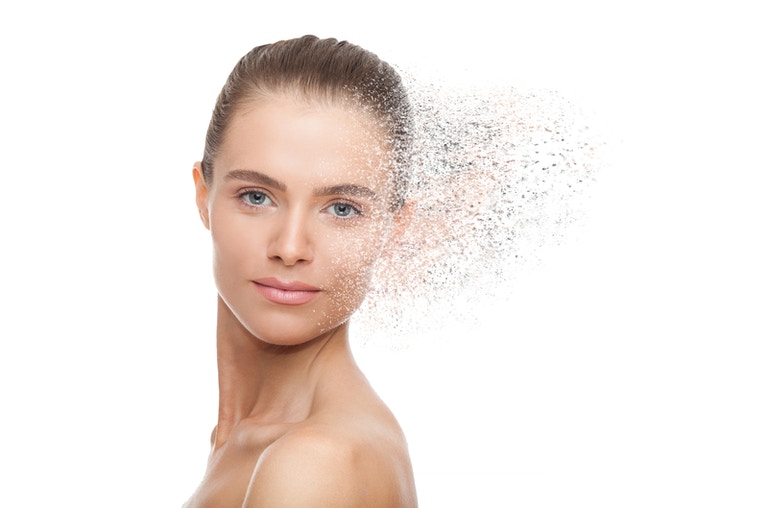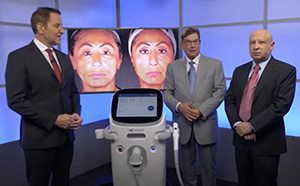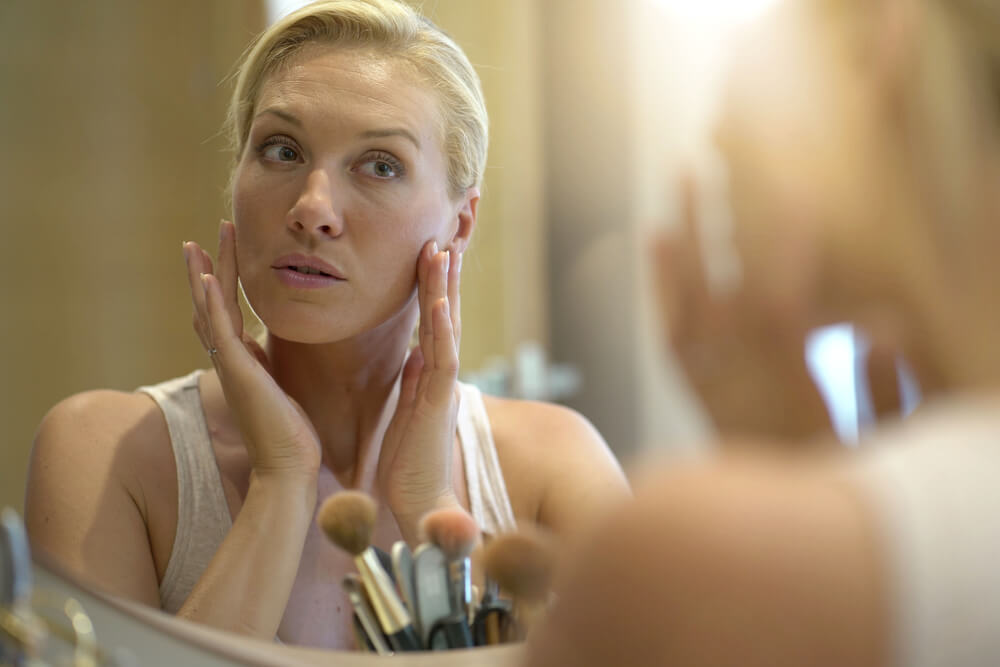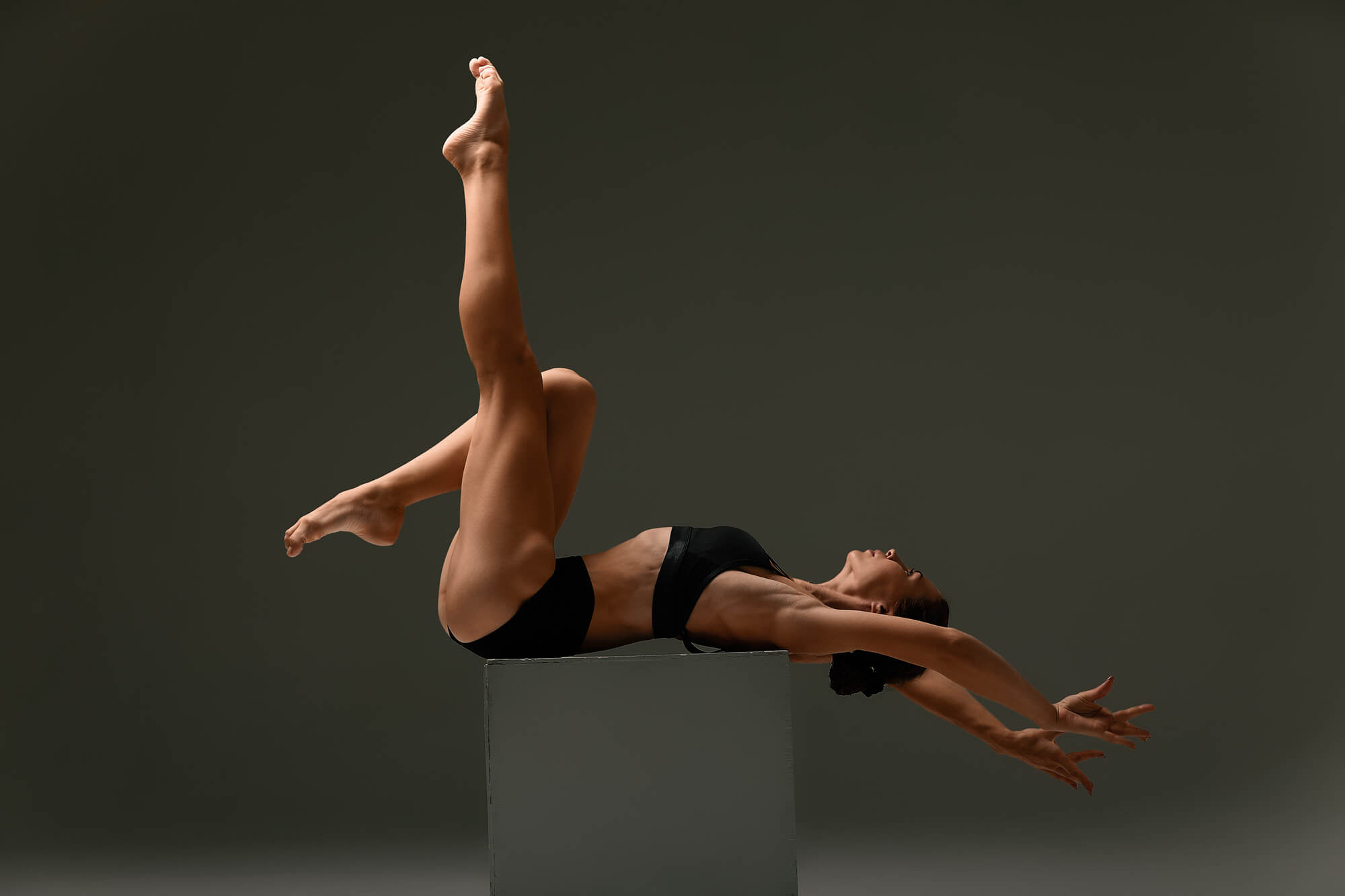
You are not alone if you have ever wondered when the aging process begins and at what point you should jump in and try to slow it down.
In this article, we’ll look at the aging process and explore anti-aging treatments at younger ages, to more mature ages, men versus women, as well as recognize the role of ethnicity in how our skin ages. We’ll give you examples of non-surgical treatments for wrinkled skin to get you started on preventative and anti-aging procedures to make you look younger. Finally, we’ll share our view on “the best time” to begin cosmetic procedures.
The aging process
No single process can explain all the changes of aging or completely reverse wrinkles. Aging is a complex process that varies as to how it affects different people. Most gerontologists (people who study aging) feel that aging is due to the interaction of many lifelong influences. These influences include heredity, environment, culture, not eating a balanced diet, exercise, excess fat, and many other factors.
Dead skin cells can make your skin look older than it should since as you get older, your skin becomes less efficient at removing dead skin cells naturally, without an assistance
Some of those other aging factors include:
- Genetics
- Sleep deprivation
- Diet and exercise
- Stress
- Sun exposure
- Smoke and other pollutants
- Skin changes caused by diseases (like psoriasis, skin cancer, etc)

The aging process may begin earlier for some men and women, and by the time they reach their 30th birthday, they will begin to see noticeable signs.
Other individuals may not see any signs until their 40s or later.
What to expect – signs that you’re aging
- Skin wrinkles and fine lines are the more visible.
- Uneven skin tone
- Dry skin
- Blotchiness and age spots
- Rough skin texture
- Visible pores
By knowing what to expect you can take steps to reduce or delay the impact of facial aging.
Ethnicity in aging skin

According to the AAD Conference Report, “Aging Gracefully” a group of speakers had this to say.
Dr. Andrew Alexis, a dermatology associate professor at Mount Sinai, emphasized the role of ethnic differences in aging skin.
Different skin tone types have various levels of dyschromia, texture defects, fine lines, crow’s feet, and wrinkles.
Dr. Andrew Alexis
“Black skin has increased melanin, which provides natural protection from Ultraviolet radiation. The cells that create melanin pigment, however, seem to be more reactive to inflammation, which can manifest itself as irregular discoloration on the skin, appearing as dark spots and lighter patches,” he explained.“We also learned that patients with dark skin who are susceptible to hyperpigmentation should be mindful that it can occur as a side effect of cosmetic procedures.” Their cosmetic treatment options will be impacted as a result. Traditional laser skin resurfacing and CO2 devices should be avoided by people with darker skin tones because they concentrate on the upper layers of the skin. These procedures can cause excessive skin cells trauma, which can lead to post-inflammatory pigmentation, also known as hyperpigmentation, in darker skin tones.
In cosmetic dermatology ultrasound treatments for tightening and lifting the skin on the face and neck of darker skin types are safe, according to a study published in Jama Facial Plastic Surgery. The study found that ultrasound cosmetic treatments improve skin laxity in adults with darker skin types, specifically Fitzpatrick skin types ll to Vl. The Fitzpatrick Skin Type is a numerical classification scale from I – VI, with I being the lightest skin type up to VI being a very dark brown skin type. This scale was developed by Thomas Fitzpatrick, MD, of Harvard Medical School in 1975.
Ultrasound treatments for tightening and lifting the skin on the face and neck of darker skin types are safe, according to a study published in Jama Facial Plastic Surgery. The study found that ultrasound cosmetic treatments improve skin laxity in adults with darker skin types, specifically Fitzpatrick skin types ll to Vl.
Aging men & women
Overall women will age faster than men because the hormones estrogen and testosterone both influence the skin’s texture and thickness and help to protect the skin as we age by slowing down the breakdown of collagen and elastin. In summary, men will keep their skin firm and wrinkle-free longer than women because they experience a slower decrease in hormones than women do.
The emphasis on women to look younger has existed for a long time. In recent years, an increasing number of men are considering new methods that will help to conceal their age.
Dr. Terrence Keaney, an assistant professor at George Washington University, who has focused on the effects of aging in men, stated the areas that concern men most are their hairline, eyes, and jawline. According to CNBC, the use of Botox for men has increased 27 percent since 2010, driven in part by a desire to combat ageism in the workplace. More men are regularly investing in the same cosmetic procedures that women have invested in for years. Injectables, facial rejuvenation, and other non-surgical procedures are increasingly being used by men to help slow down the fine lines and wrinkles, and volume loss. According to statistics from the American Society of Aesthetic Plastic Surgery 7.1% of all non-surgical procedures performed in 2018 were purchased by male patients.

Further research on women’s attitudes toward aging in the United States. Was conducted by Clair Williams of the University of Northern Iowa. She studied the impact of aging on and how women internalize perceptions of aging. This is demonstrated by the women in the study who said they had been told by others at some point that they didn’t look their age, which reflects society’s dislike of aging and how we feel about our own personal age (such as the dreaded number 50) Comments about not looking their age creates the desire and obligation to find solutions that will keep them looking younger.
Age for most treatments
According to the American Society for Aesthetic Plastic Surgery, more than 40 percent of all cosmetic procedures performed were on patients between the ages of 35 and 50. Non-surgical treatments are popular among these age groups, particularly injectable treatments like Botox and dermal fillers. Another 30 percent of all patients fell between the ages of 51 and 64.

Women in their 20’s
typically are looking for how they can maintain skin health by following a simple skincare routine that they can easily incorporate into their daily lives. Dr. Nada Elbuluk, assistant professor of dermatology at the NYU School of Medicine in New York recommends that protection early since UV exposure in your 20’s could lead to early wrinkles.
Women in their 30’s
are usually seeking treatment for dark spots from unprotected UV exposure when they were younger. Treating dark spots typically requires a multi-pronged treatment plan. Topical retinoid and vitamin C may be used, as well as laser premature aging treatments to help reduce the appearance of dark spots. Dr. Lauren Ploch, a dermatologist in practice in Augusta, GA estimates that about half her patients in their 30’s are dealing with wrinkles and may want to consider botulinum toxin and hyaluronic acid fillers.
Women in their 40’s early 50’s
begin to produce less collagen and elastin, making their skin thinner and looser. Skin laxity is most noticeable on their face and neck. There are non-invasive options that are ideally suited for women in this age group.
By the time a patient hits 55 and beyond, skin aging symptoms have become much more pronounced. Non-surgical procedures can produce positive results without having to turn to surgical treatments.
Although cosmetic procedures among patients 65 and older have surged in popularity, physicians find that anti-aging interventions are most popular among those between 35-50.
If you are looking to explore the available cosmetic treatments for the first time, or are looking for new options, there are a range of non-surgical procedures. Below we describe a few of the most popular treatments.
Popular Non-Surgical Cosmetic Procedures for Wrinkled Skin
The American Society for Aesthetic Plastic Surgery (ASPS) reported some of the more popular non-surgical cosmetic procedures were botulinum (BotoxR) injections, chemical peels, dermal fillers, non-ablative laser resurfacing, and energy-based treatments, all targeting to reverse the visible signs of aging. The following are the most common for age groups that span 30’s and beyond.

Botulinum injections
Botulinum injections have been a popular method to smooth out lines on the forehead and improve wrinkled skin and relax muscles. The injections work by paralyzing facial muscles for a brief period. When the muscles cannot move, the overlying skin does not crease, which creates a smooth, younger-looking appearance. The more popular brands are BOTOX® Cosmetic (Allergan), Dysport® (Galderma), Xeomin® (Merz Aesthetics), and Jeuveau®
Dermal fillers
Dermal fillers are used to treat sunken areas adding volume to the areas due to loss of collagen and fat. It is also used to contour facial features if you’re looking for a sharper and more defined chin and cheekbones. These anti-aging injectables use hyaluronic acid to soften facial wrinkles and restore volume. Some of the more popular dermal fillers are Juvederm® (Allergan) and Restylane ® (Galderma).
Laser treatments
Laser treatments are used to treat pigmentation and wrinkled skin texture and are often referred to as laser resurfacing.
The areas most treated are the face, neck, and hands. Laser treatments use short, concentrated beams of light to remove layers of the skin for improved texture. Facial flaws like age spots, acne scars, blood vessels, wrinkles, and sun damage respond well to laser resurfacing since it smoothes out your skin leaving a younger-looking complexion.
Ultrasound treatments
Ultrasound treatments are used to stimulate collagen production, which results in firmer skin. They have been proven safe, effective and have become a popular treatment that treats the forehead, chin, jaw cheek areas lifting and refining wrinkles without risks associated with surgery.
SofwaveTM
Sofwave is one of the newest non-invasive wrinkled skin treatments. It’s an excellent choice if you want something that rejuvenates your face like Botox or fillers, however, lasts longer and continues to improve your skin over time. A SofwaveTM treatment uses ultrasound energy to regenerate collagen growth, improving fine lines and wrinkles, giving you a more youthful look. SofwaveTM is perfect for those who don’t want to undergo surgery and who want a fast 30–45-minute treatment that won’t interfere with their daily activities.
Our take-away
We determined from our research that there are no fixed rules or health tips to follow when it comes to starting cosmetic treatments for wrinkled skin. We learned that while many people begin having anti-aging treatments in their 20s and 30s, there is no single “magic” age when you should begin getting a cosmetic procedure. Instead, we’ve concluded that you should focus on your specific\ skin’s needs and issues. Once you begin noticing fine lines beginning to appear, this is the time when you should consider cosmetic treatment. If you want to prevent the earliest fine lines from becoming fully developed wrinkles, the cosmetic treatments we mention in this article can be the solution.

References:
- "Aging changes in organs, tissues, and cells", A.D.A.M., Inc
- Dr. Madnani, "What is the proper age to begin anti-aging treatments?", Dilip D. Madnani MD FACS
- Charlene Laino, "Expert Q and A: People of Color Face Unique Skin Problems", WebMD LLC
- Amy J. McMichael, MD, FAAD, "Dyschromia, dyspigmentation present unique challenges for skin of color", February 23, 2021
- Deven Hopp & Morgan Rabach, MD, "4 Beauty Treatments Women With Dark Skin Should Avoid, According to an Esthetician", Byrdie
- "Micro-focused Ultrasound Safe for Darker Skin Types", September 28, 2015, American MedSpa Association
- Lana Burgess & Sara Perkins, MD, "Which Fitzpatrick skin type are you?", June 23, 2020, Healthline Media UK Ltd
- "Safety of Microfocused Ultrasound with Visualization in Darker Skin Types", August 27, 2015, JAMA Network Media Relations
- Eric Nagourney, "Aging: One Area Where Women Age Faster Than Men", Oct. 10, 2006, The New York Times Company
- Bob Sullivan, "More men turn to surgery in bid to stay competitive", May 31, 2017, CNBC
- Clair Maureen Williams, "Behind the mask: An analysis of women's perceptions and rationale toward the purchase and use of anti-aging pr chase and use of anti-aging products", December 2013, University of Northern Iowa
- "What Age is the Right Age for Plastic Surgery?", H/K/B Cosmetic Surgery
- Dr. Madnani, "Botox in Long Island & Manhattan, NY", Dilip D. Madnani MD FACS
- "Act your age when it comes to skin care", American Academy of Dermatology Association
- "How Your Face Ages", WebMD LLC
- "2020 Plastic Surgery Statistics", American Society of Plastic Surgeons
- Sarah Y. Wu, "8 Things You Should Know Before Getting Injectables", Condé Nast
- "Laser resurfacing", Jan. 24, 2020




